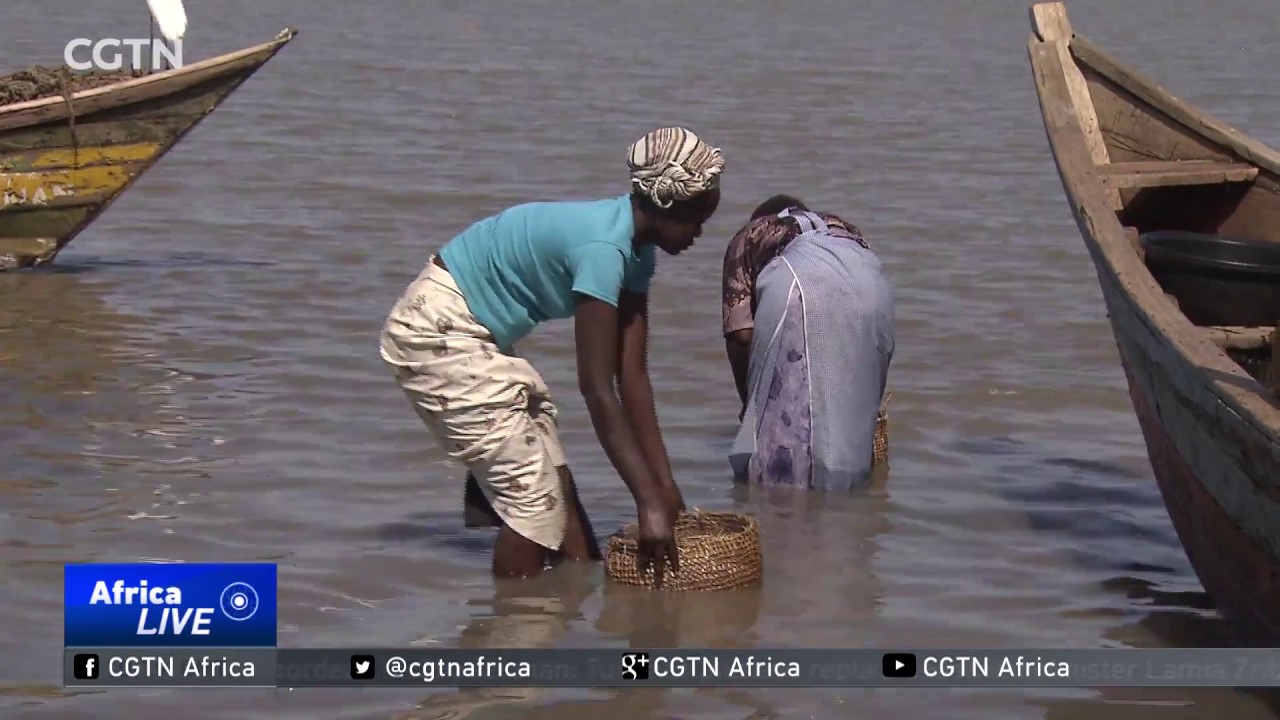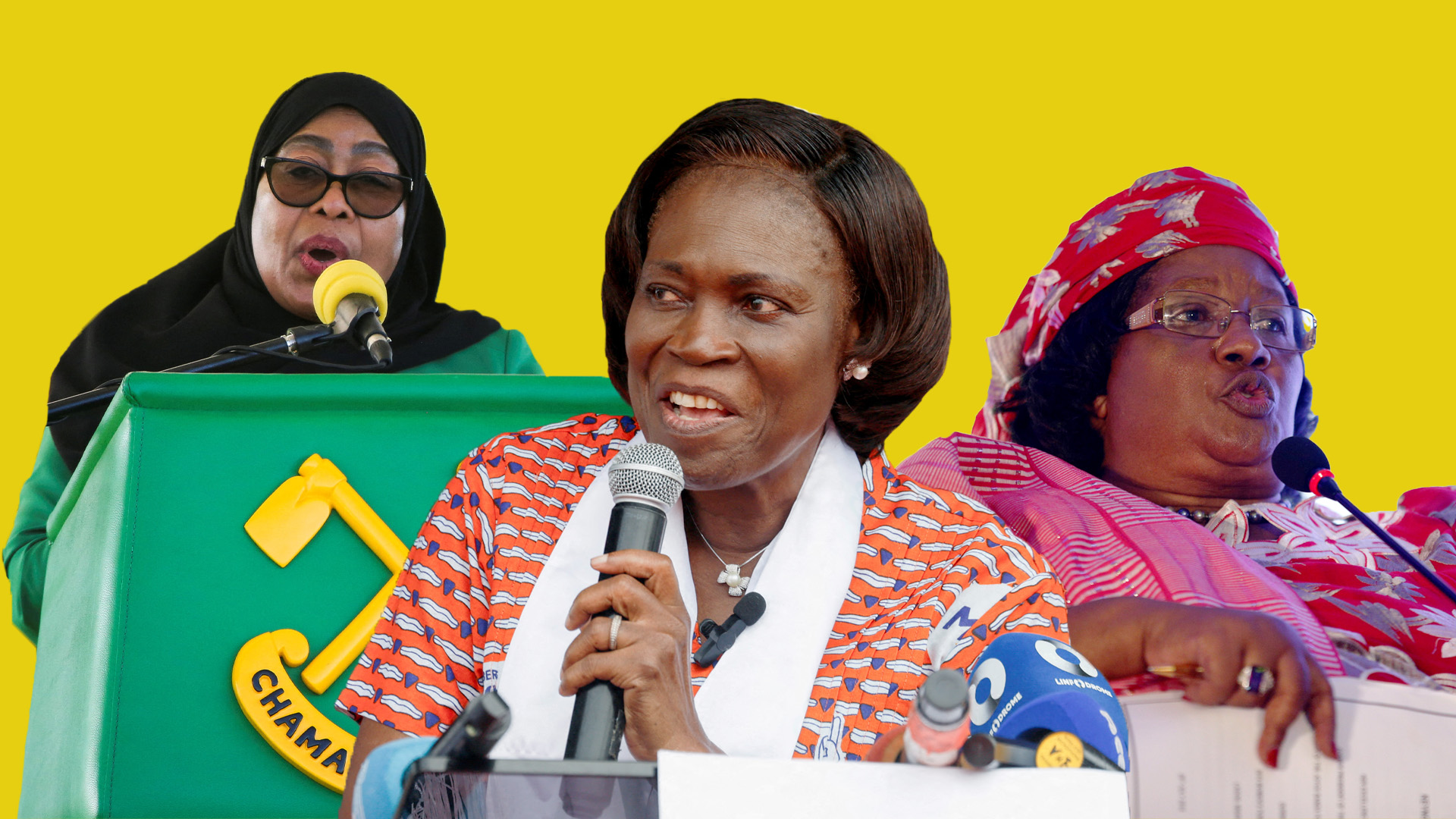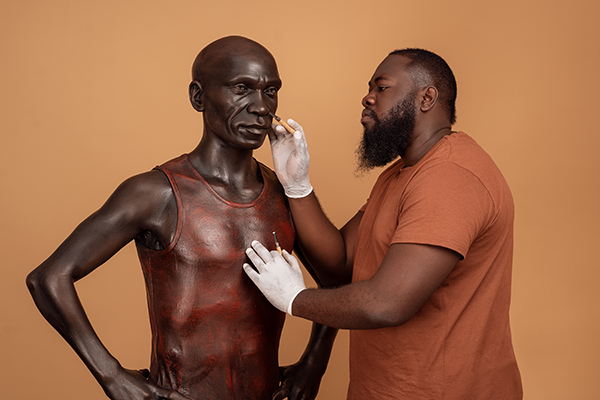
How is Africa benefiting from the Belt & Road Initiative?

In 2013, on a visit to Kazakhstan, Chinese President Xi Jinping announced a proposal for a “Silk Road Economic Belt.”
In South East Asia later that year, Xi proposed a “21-Century Maritime Silk Road.” The combination is now commonly known as the One Belt, One Road Initiative (OBOR).
The OBOR project is much broader in scope than its predecessors, i.e. the ancient Silk Road(s) dating back to the Han Dynasty (206 BC –220 AD) as well as the “Go Out” policy introduced by the Chinese government back in the late 1990s.
The New Silk Road
China in just 30 years has been transformed from an inward-looking agricultural country to a global manufacturing powerhouse.
Chinese President Xi Jinping’s proposal in 2013 to establish a modern equivalent, creating a network of railways, roads, pipelines, and utility grids that would link China to the rest of the world aims to redirect the country’s domestic overcapacity and capital for regional infrastructure development to improve trade and relations.
The Belt and Road Initiative has been viewed as the new engine of globalization, on the basis of working with countries and aligning their development strategies and priorities.
The OBOR project aims to create the world’s largest platform for economic cooperation, including policy coordination, trade and financing collaboration, and social and cultural cooperation. Through open discussion, OBOR can create benefits for everyone.
President Xi on Sunday expressed optimism on the project by saying the vision of the Belt and Road Initiative is becoming a reality and bearing rich fruit four years after it was proposed.
In his keynote speech during the opening of the Belt and Road Initiative Forum in Beijing, he said Belt and Road countries have seen increased connectivity in policies, infrastructure, trade and finance, as well as strengthened people-to-people bonds.
The 21st Century Maritime Silk Road is planned to create connections among regional waterways. More than 60 countries, with a combined GDP of $21 trillion, have expressed interest in participating in the OBOR action plan and more than 200 enterprises have signed cooperation agreements for projects along OBOR’s routes.
China hopes the benefits of cooperation can be shared and that the circle of friendship will be strengthened and expanded by both connecting and enhancing the productivity of countries along the new Silk Road.
How does Africa stand to benefit from the New Silk Road?
While speaking in Tanzania on his first African visit in 2013, China’s President Xi Jinping called for China and Africa together to realize a fast track of “comprehensive development.”
What was initially a lofty ambition for China to revive its ancient silk-road trading routes is now becoming a reality. This project will connect China via rail and shipping links with major markets in the Middle East, Central Asia and Africa.
In Kenya an ambitious new Chinese construction project is taking place in the country.
The Wu Yi Company has repaired and built several roads in the country. Now, it’s most ambitious project yet includes a production plant and supermarket.
Kenyan President Uhuru Kenyatta took part in the Belt and Road forum in China.
The country’s adoption of aggressive infrastructural agenda to reach its vision 2030 made the forum key in its development agenda.
Ethiopia’s cross country rail way connecting the heart of the country to the port Of Djibouti has begun delivering official transport service for both passengers and cargo.
The close to 700 kilometers railway was inaugurated in January and was so far undertaking trial trips.
The flagship project will reduce the cost of doing business in the region. It is also benefiting many ordinary Ethiopians.






